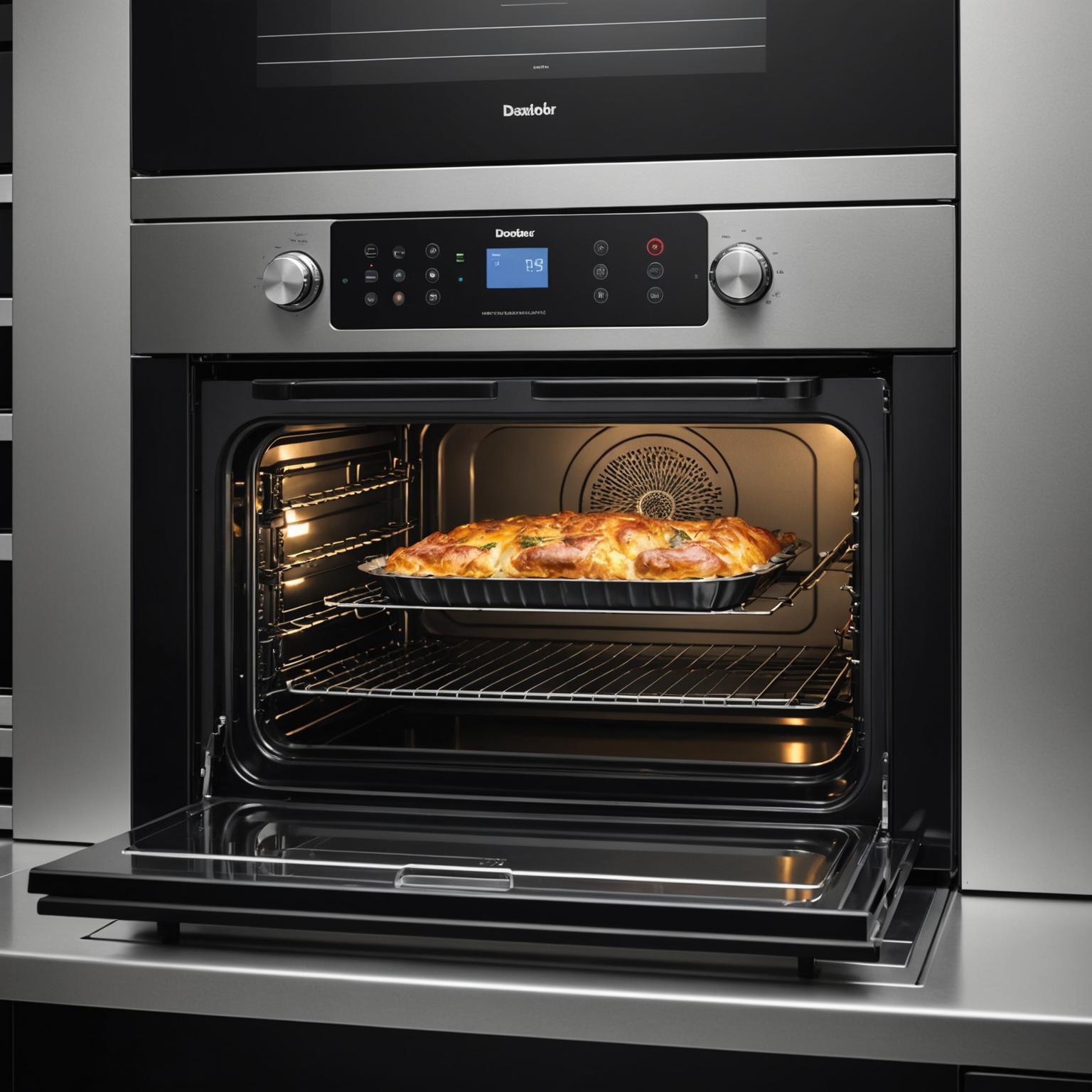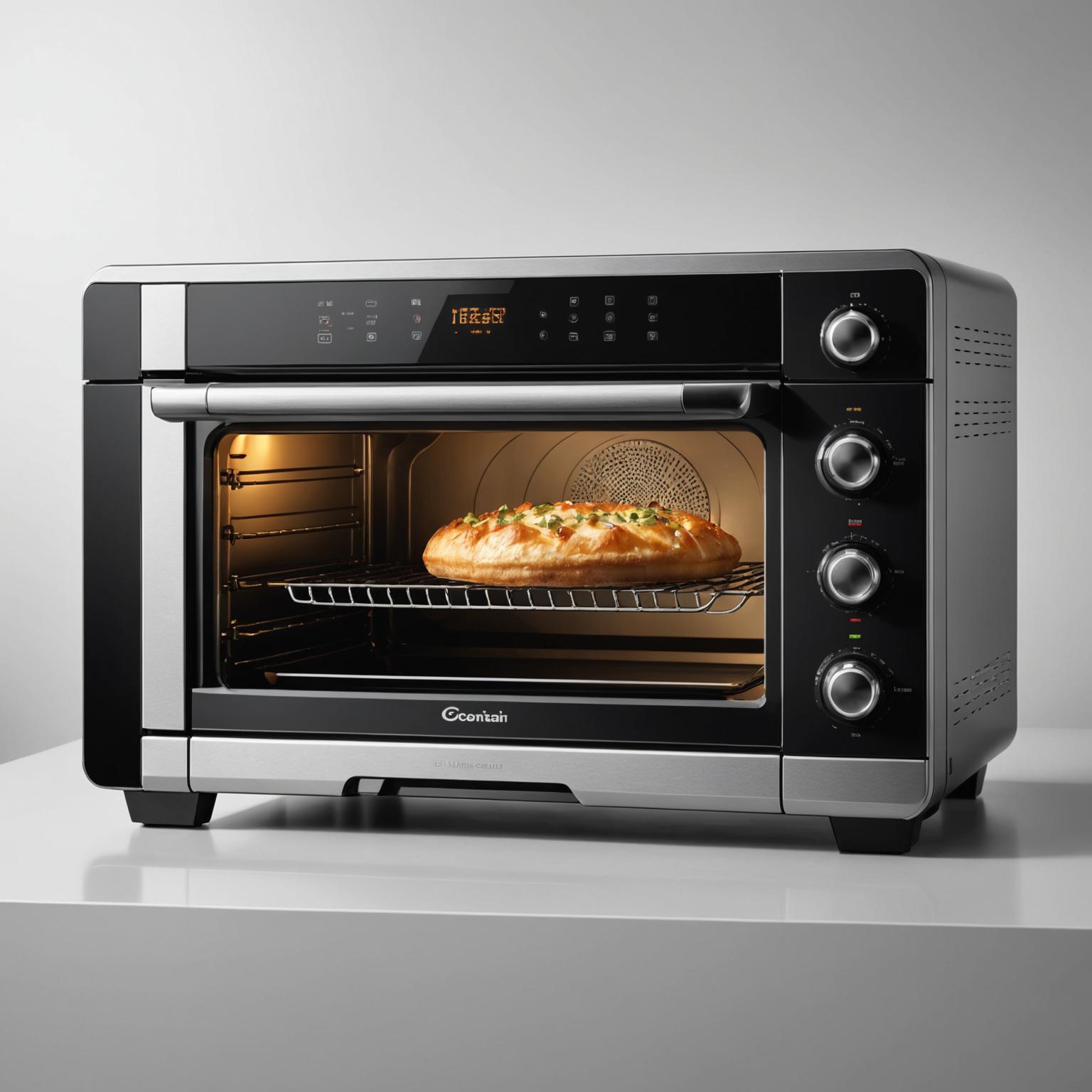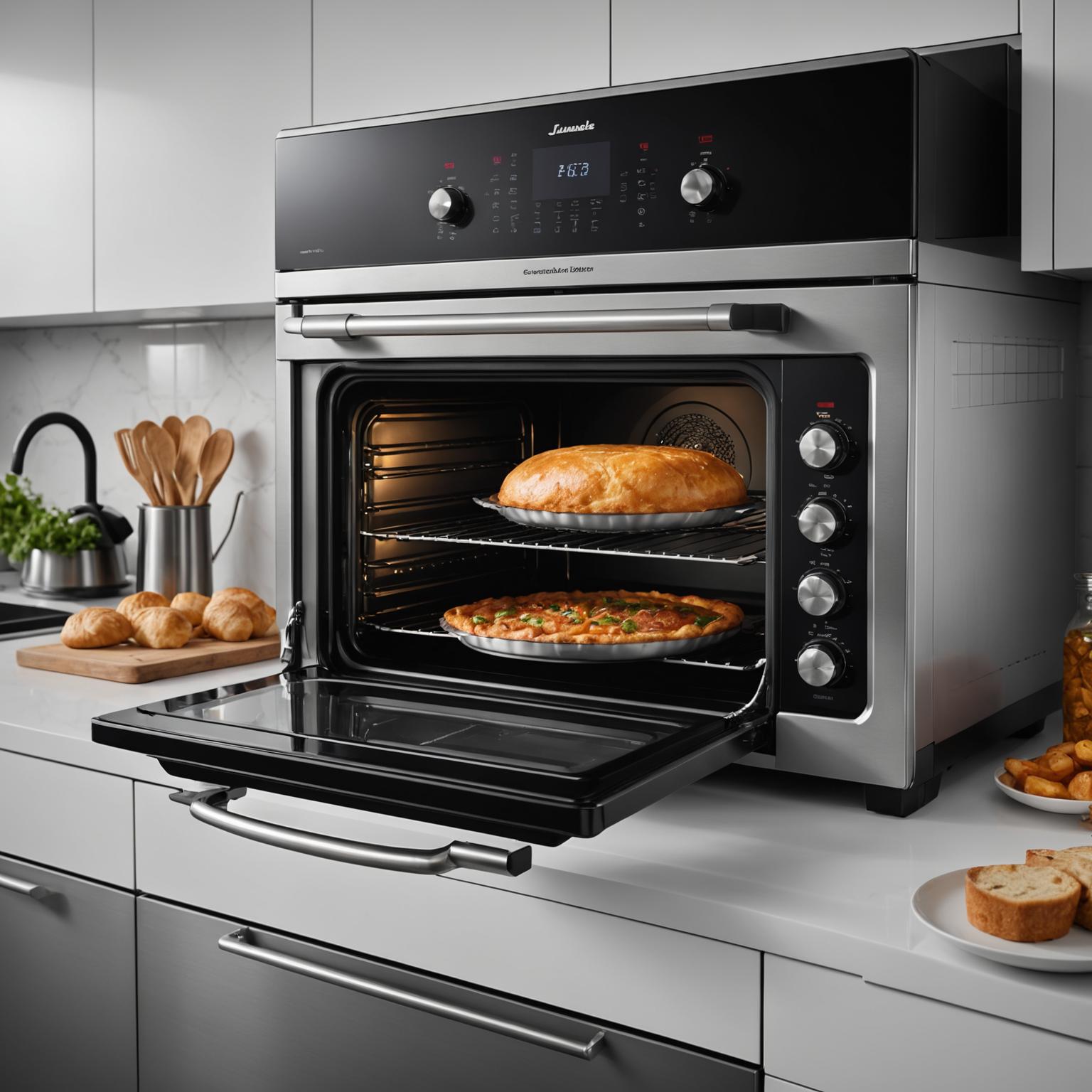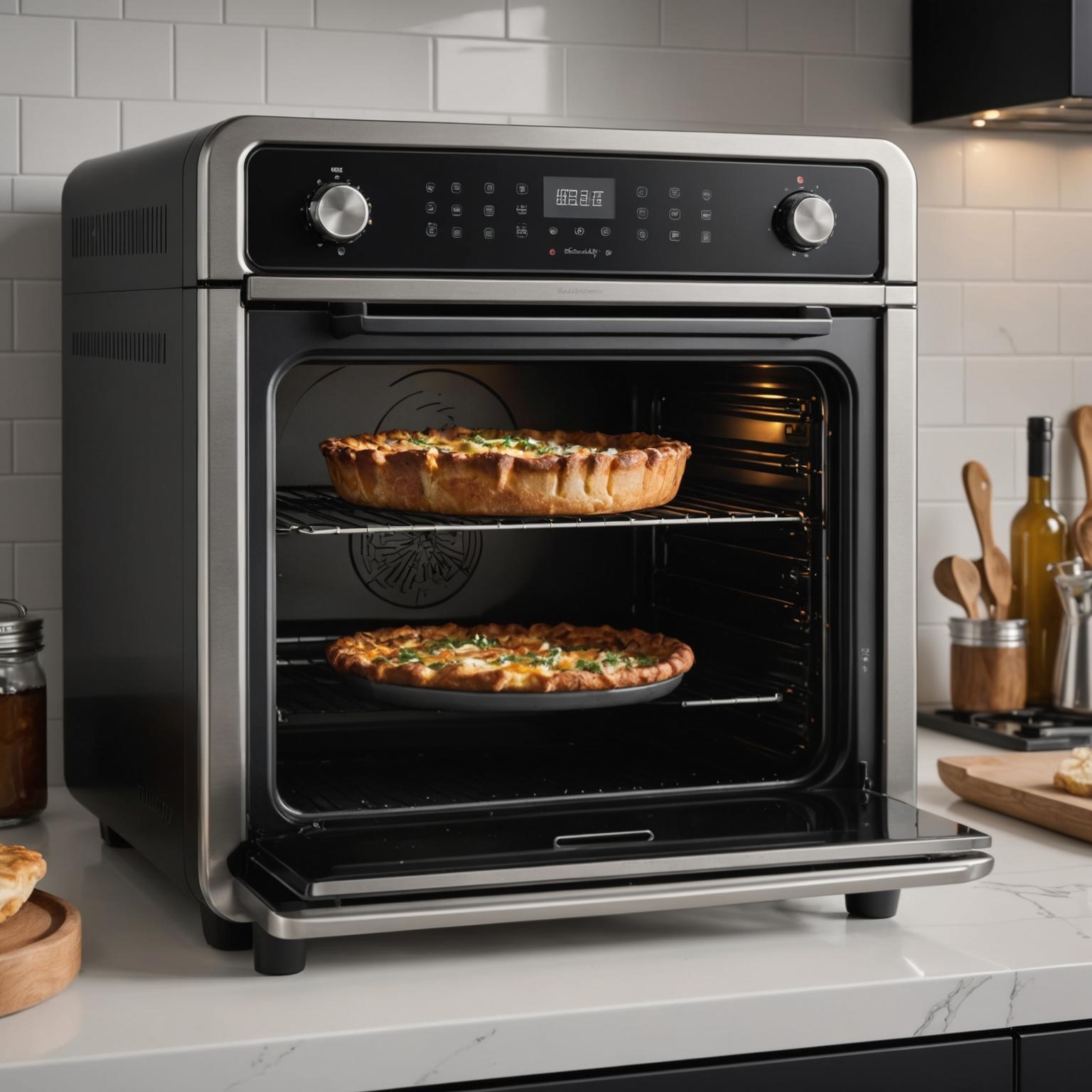The Secret to Flawless Frying
Every culinary enthusiast knows the pursuit of the perfect golden-brown crispiness is a noble, and often challenging, quest. Whether it's french fries, southern-style chicken, or delicate tempura, the secret lies not just in the batter or the oil, but in the heart of the machine: the heating element. The unsung hero in this story is often a high-quality stainless steel heater, a component that silently dictates the difference between a soggy disappointment and a crunchy masterpiece. Its ability to maintain a precise and unwavering temperature is the foundation upon which all great fried foods are built, making it an essential piece of equipment for both professional kitchens and ambitious home cooks.
The Powerhouse Within: The Resistance Heater for Fryer
Deep inside your commercial or home fryer lies a critical component responsible for generating the intense heat needed for flash-frying. This is the resistance heater for fryer, an element specifically designed to be fully submerged in cooking oil. The choice of material for this part is paramount, which is why stainless steel is the industry standard. A stainless steel heater offers unparalleled durability and resistance to the harsh environment of hot oil. It does not rust or corrode, which prevents contamination of the oil and ensures the pure, clean taste of your food. Furthermore, its smooth surface is easier to clean, preventing the buildup of old food particles and burnt residue that can ruin the flavor profile of subsequent batches. This robust construction guarantees a long service life and consistent performance day in and day out.
Deconstructing the Technology: The Tubular Heating Element
The most common and effective design for these heaters is the tubular heating element. This design encapsulates a high-resistance wire within a metallic tube, typically stainless steel, insulated by a ceramic powder like magnesium oxide. When electricity passes through the wire, the principles of resistance heating technology come into play, causing the wire to heat up rapidly. This heat is then efficiently transferred through the powder and the stainless steel sheath directly into the surrounding oil. The elongated, often bent shape of a tubular heating element maximizes the surface area, ensuring that a large volume of oil is heated quickly and uniformly. This advanced resistance heating technology eliminates hot spots and temperature fluctuations, which are the main culprits behind unevenly cooked food. It’s this precise thermal control that allows chefs to achieve consistent results with every use.
A Perfect Match: Heating Element Compatibility and Safety
When it comes time to replace or upgrade your fryer's heating element, one of the most critical factors to consider is heating element compatibility fryer. It is not a one-size-fits-all situation. Each fryer is designed to work with a specific element based on its wattage, voltage, physical dimensions, and mounting configuration. Installing an incompatible resistance heater for fryer can lead to poor performance, damage the fryer's control systems, or even create a significant safety hazard. Ensuring proper heating element compatibility fryer guarantees that the appliance operates efficiently and safely as the manufacturer intended. By selecting the correct heating element, you maintain the integrity of your equipment and continue to produce perfectly cooked, delicious food without compromise. This attention to detail is what separates amateur efforts from professional-grade culinary execution.






